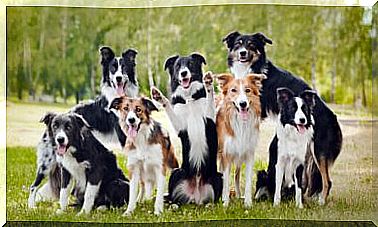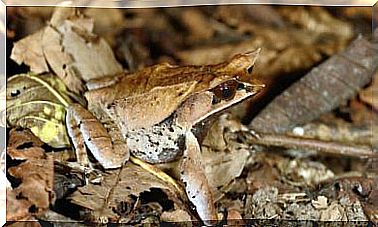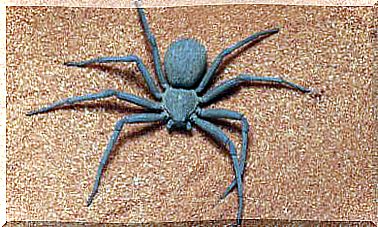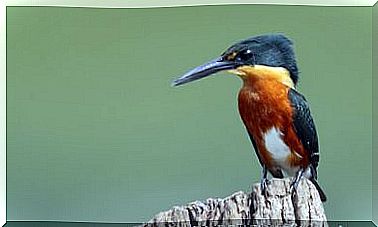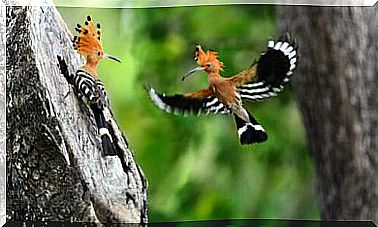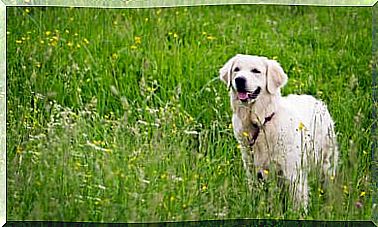Why Do Animals Migrate?
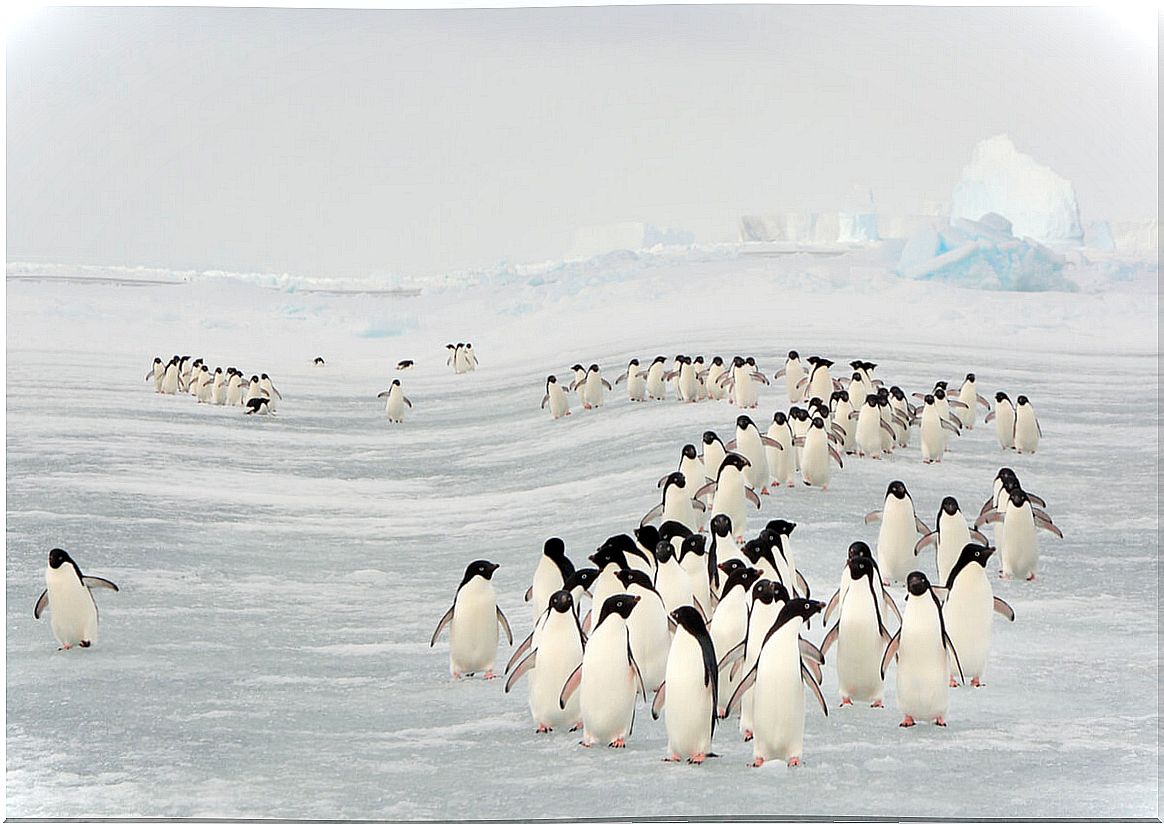
Each year, hundreds of species migrate over thousands of kilometers, exposing themselves to predators and expending a great deal of energy to get to another place, which is usually always the same. Considering the great risks they run, what motivates animals to travel? How do they know the way to go? How do they survive?
Ethology is one of the most exciting branches of biology, since discovering the why of animal behaviors brings us, in part, closer to understanding ourselves as a species. If you want to know the reasons that drive animals to migrate, read on.
What is migration?
Not all displacements are considered migrations, as there are certain characteristics that make these processes unique. These are the following:
- Migration is a linear and persistent movement.
- It differs from daily routine movements
- It requires special physiological changes. The animal may change in weight, appearance, or become more restless just before migrating. The plumage of birds usually changes before migration.
- It is triggered by environmental signals : longer time of sun exposure, rise or fall of temperatures …
- During the journey, some animals do not respond to local resources until the journey is over. They follow their objective without changing course to take advantage of a feeding place, for example.
- It is a round trip or one way trip.
There are other movements carried out by animals other than migration, such as returning home, searching for resources or fleeing, but these are more routine.

What motivates animals to migrate?
Migration is controlled by the internal biological clock of the animal, which adjusts to environmental parameters. The hours of daily light or the photoperiod are the environmental signal that most influences to start migrating.
With enough hours of sunlight, the internal clock, which is found in some structures of the hypothalamus, sends signals to the pineal gland that secretes melatonin, which with the joint action of other hormones, produces physiological and behavioral changes in the body that they prepare the animal to migrate.
Migration mechanisms. Animal navigation systems.
Animals follow a specific course when they migrate that requires external signals in order not to deviate from it. They interpret this “path” thanks to navigation systems, which, although it sounds like a technological characteristic, is present in animals.
There are simpler and more complex navigation systems. The same animal can make use of all of them throughout its life to go to different places. Among them we find the following:
- Follow a path already traced or memorized
- Use visual, chemical, acoustic, or electrical benchmarks. The salmon, when returning to the river, use olfactory references from where they were born.
- Visual memory. The animal remembers a mental image of the place to which it wants to return. In this way, the migrating animals take as a reference elements to identify an area.
- Orientation by compass. The sun, the moon, the stars, the polarized light or the magnetic field serve as a reference to return home.
- True navigation. It is the ability to find the target starting from an unknown place, without the help of clues coming from the target and not from the outward journey, but with the help of compass orientation. This ability is genetically determined and is the reason why animals migrate such long distances for the first time.
Many species of animals have true navigation and are able to combine information about the polarity of the magnetic field, its inclination and intensity to create a map that allows them to orient themselves at any point they are. The loggerhead turtle swims thousands of kilometers thanks to this navigation system.
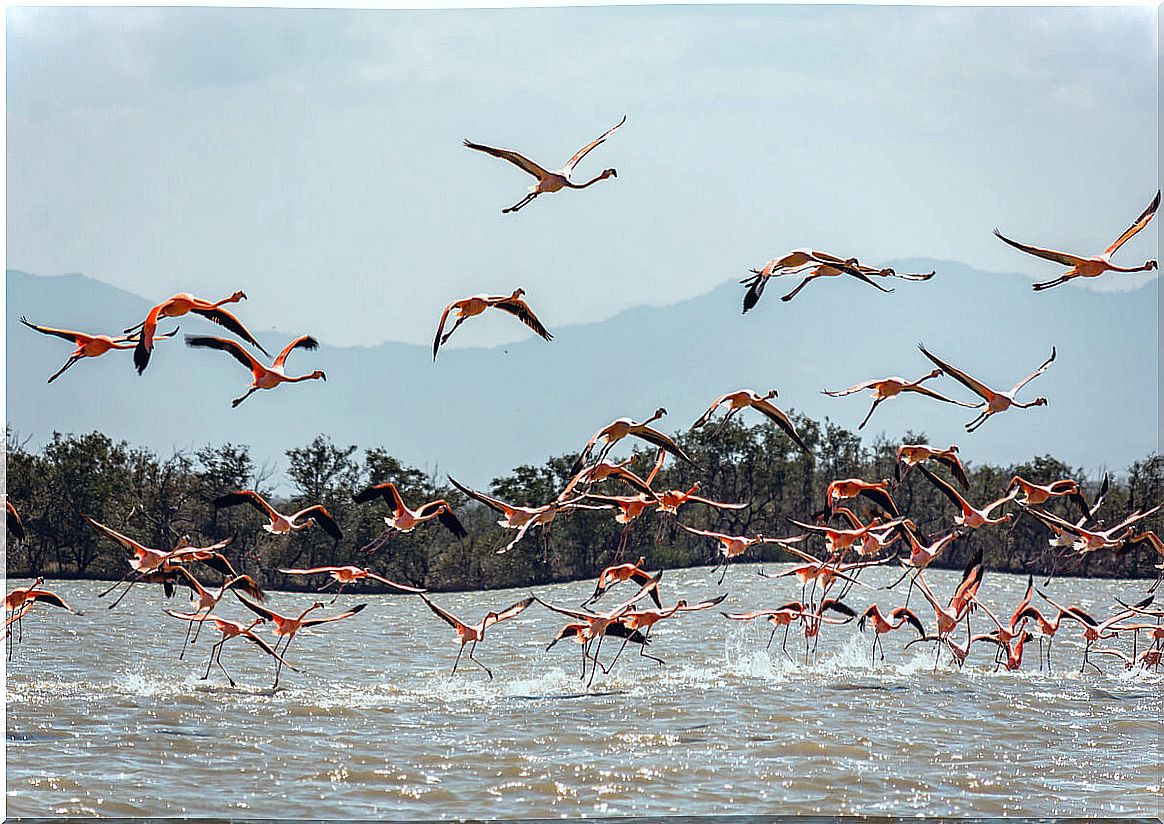
Benefits of migrating
Migration has many associated costs. As we have mentioned, the great energy expenditure, the possibility of being predated or the adverse weather conditions that the animals can have on the way are real dangers. However, the benefits outweigh the costs and that is why natural selection has favored migration.
Migrating annually to new areas allows the exploitation of habitats that are widely separated from each other:
- Consume food from several different habitats. Large African mammals such as elephants and wildebeest follow this strategy.
- Use different habitats to feed and reproduce. The whales have nursery areas and other feeding areas to which they go on their migratory trips.
- The temporary absence of an animal in the same area prevents the growth of the population of its predators. So migration directly affects the balance of an ecosystem.
- New environments and their resources are exploited.
Migration is a natural phenomenon that always occurs at certain times of the year and in different species. Animals migrate thanks to the help of cognitive maps that they are able to form, using environmental signals such as light, temperature or magnetic field as references and social learning within large groups.
